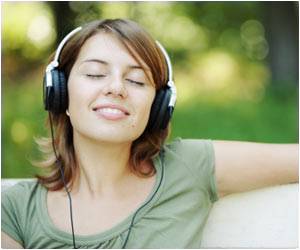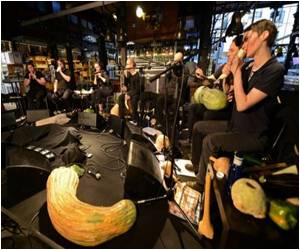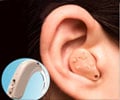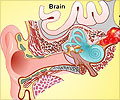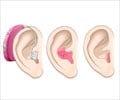New study shows that a musician’s own instruments are often responsible for excess noise levels.
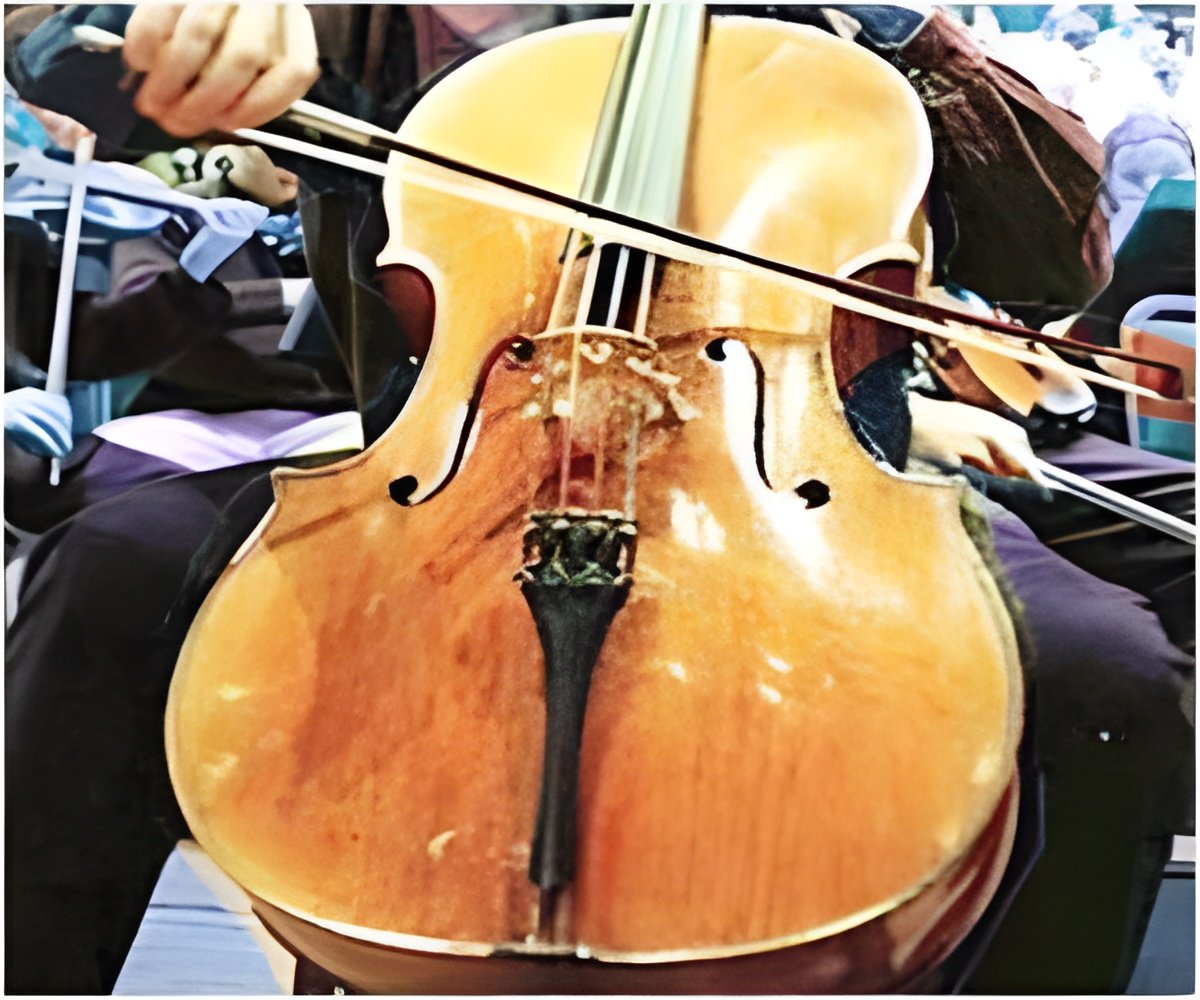
‘During loud passages trumpet and flute players are subjected to average decibel levels of 95 to 100 dB(A), just from their own instruments.’





Close to the earsAcoustics expert and researcher Remy Wenmaekers got these results using a calculation model he developed to work out the level of sound close to the ears of musicians. Wenmaekers chose to use a calculation model rather than measurements on the spot where musicians play their instruments. The reason is musicians never reproduce exactly the same level of sound, which makes comparison of experiments with ’real’ musicians virtually impossible.
As a foundation for his model he used recordings of orchestra music per instrument made in an anechoic chamber (a room without an echo). The model takes account of the direction of the sound of the instruments, the listening orientation of the receivers, reflection of sound, and blocking by people (the musicians themselves). He compared the results of his model with measurements in a real orchestra and there appeared to be a good correspondence.
Earplugs
Using his model Wenmaekers calculated the effect of the most commonly used sound-reducing measures, like screens and higher plateaus for the different sections in the orchestra. Those effects appeared to be very small since the main source of the sound was the player’s own instrument. The same cause lies behind the relatively small impact (around 3 dB) of the sound-intensifying effect of small orchestra playing areas like covered orchestra pits. According to Wenmaekers it is still advisable to avoid such small orchestra playing areas but then again, the sound levels are still too high in other areas.
Advertisement
Too late
Advertisement
Getting away with it
There is, however, one part of the orchestra that can get away with it in part, the cello and the bass sections. These instruments produce a relatively soft sound and thus present no risk by themselves. The sound that affects the ears of the cellists and bassists tends to be generally lower and comes mainly from the other orchestra sections. So for this group there may be other interventions that are effective apart from earplugs.
These results were published this month in the Journal of the Acoustical Society of America.
Another purpose of the study was to improve methods of measurement based on loudspeaker sound and microphones to get a picture of the stage acoustics. This form of objective measurement is highly desirable, especially because an evaluation of the acoustics is essential to the design and improvement of music auditoriums.
Wenmaekers also showed that existing measurement methods, with only empty chairs and stands on the stage, does not provide the right picture. So in five concert auditoriums he put clothed mannequins on all of the chairs on stage to measure the effect that people would have on the stage acoustics. This proved to have such an influence that he developed a method to measure the full ’real’ orchestra on stage, but one that costs the members of the orchestra just ten minutes of their time.
Source-Eurekalert

